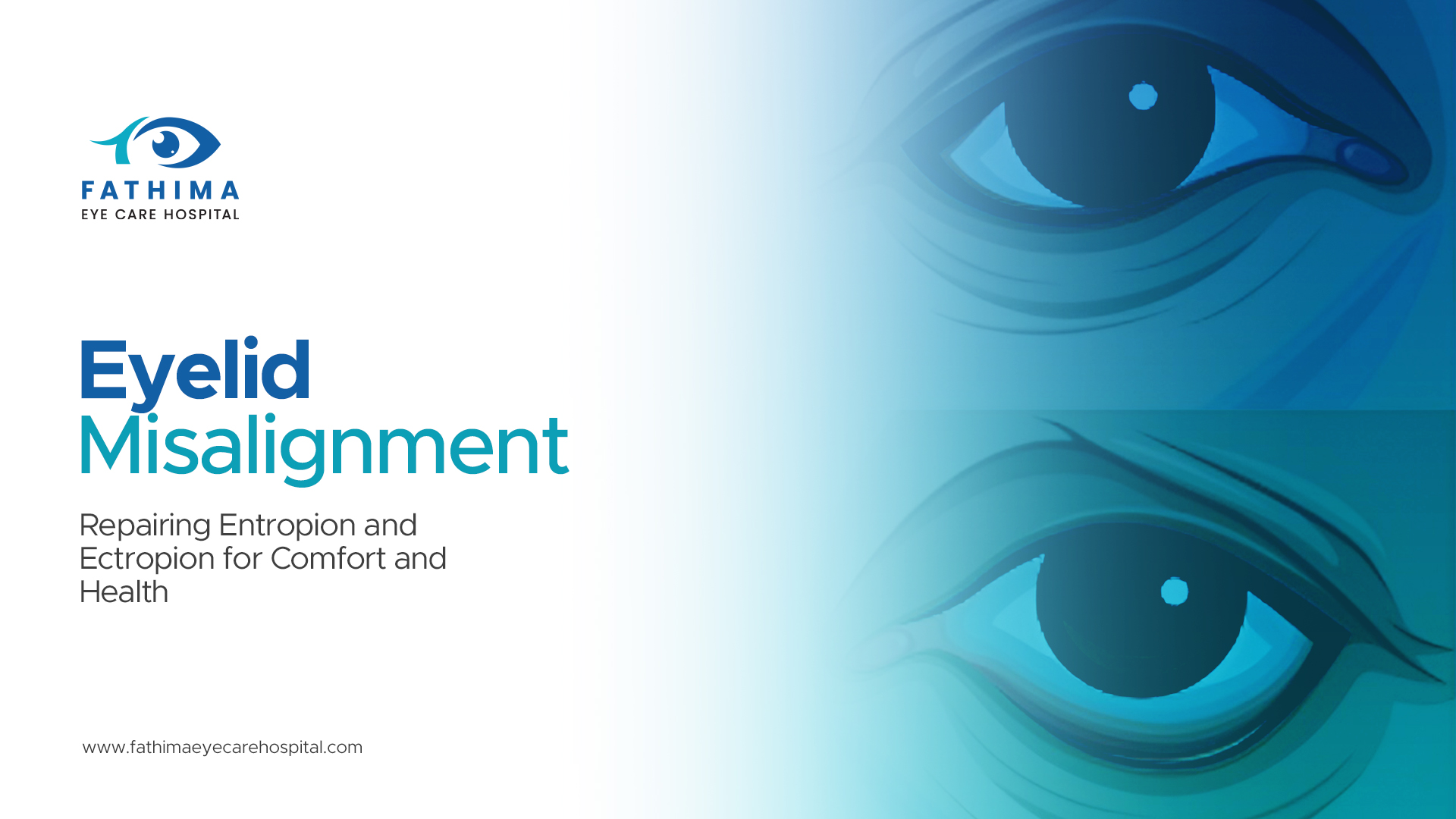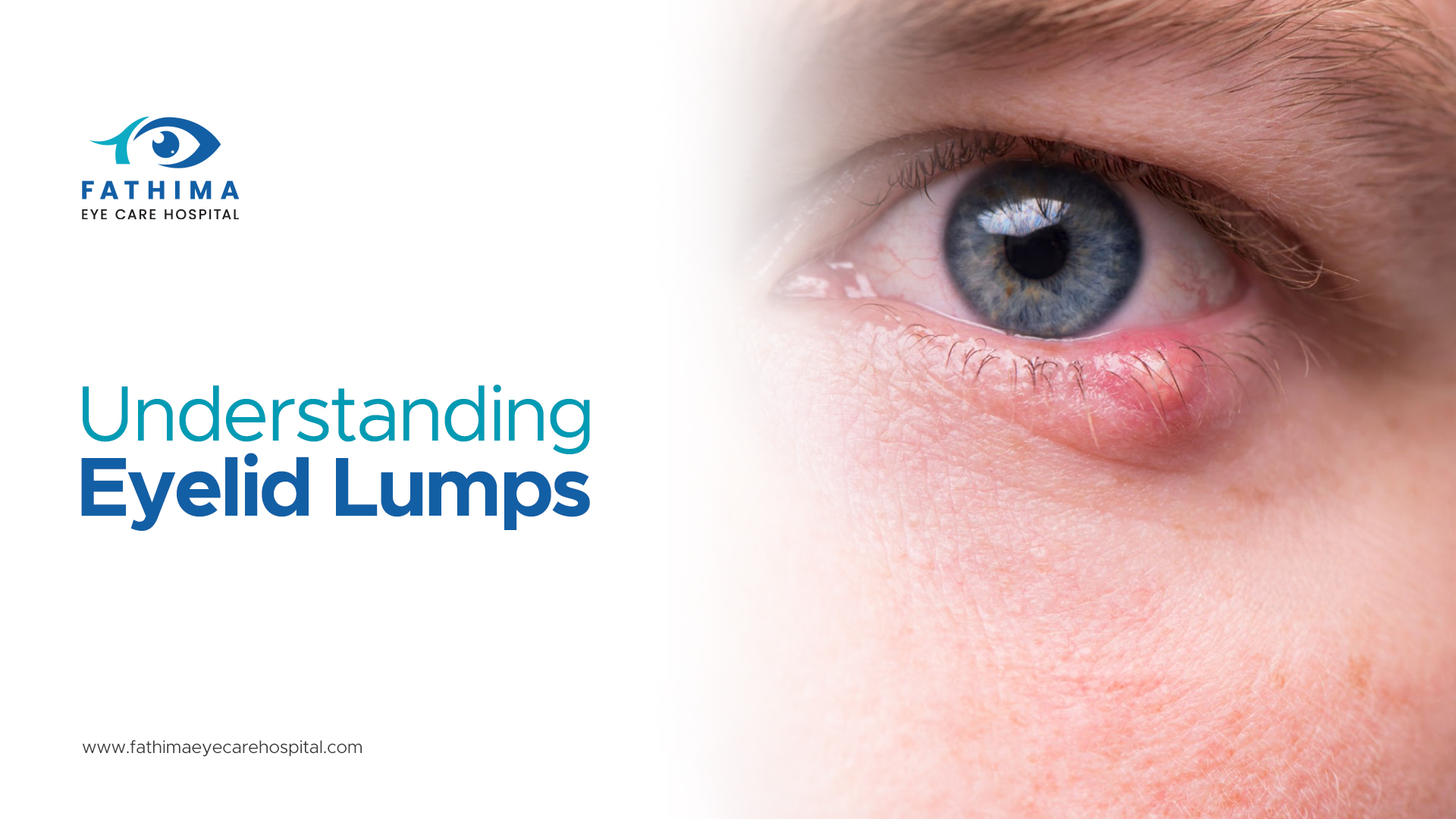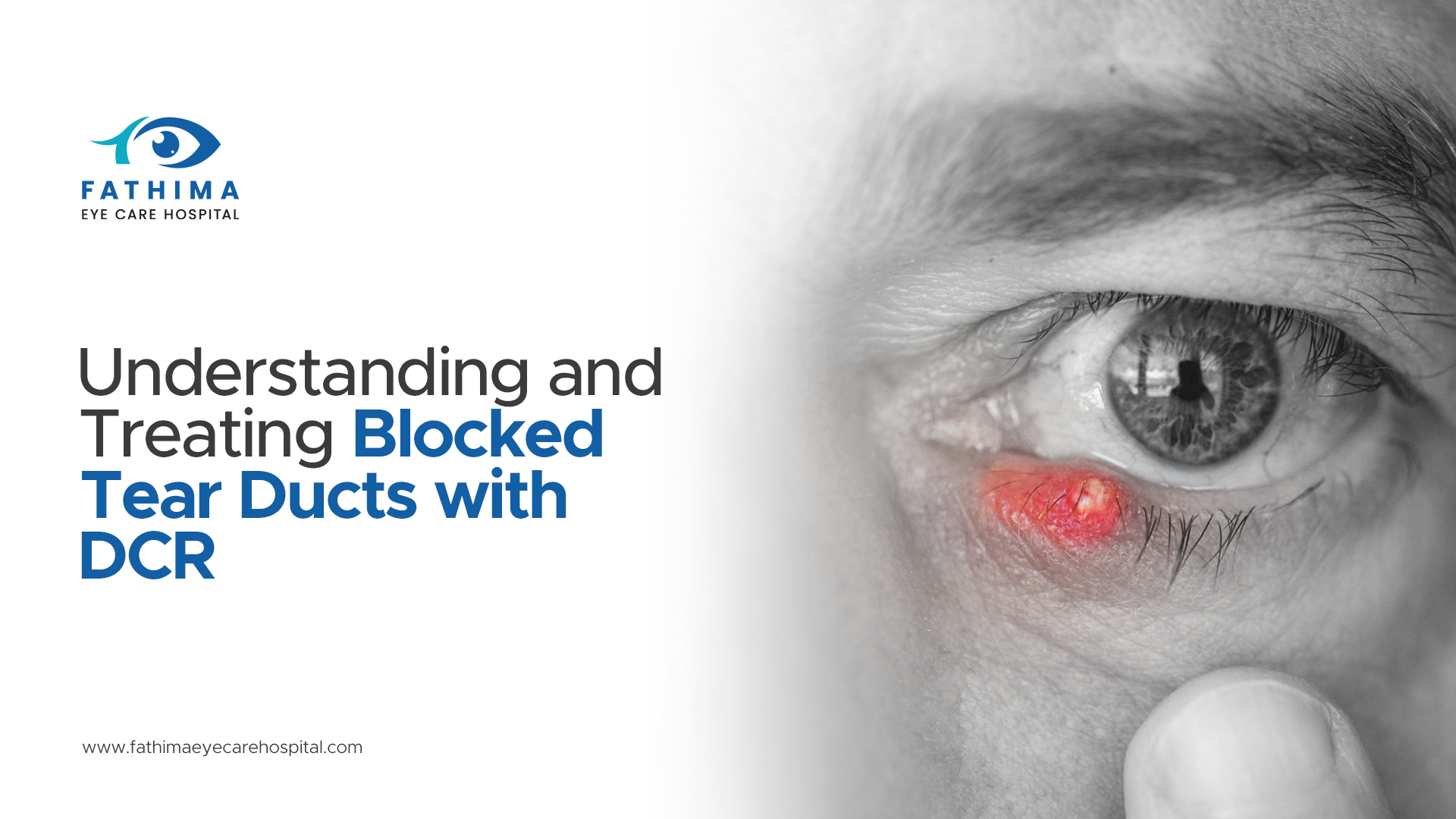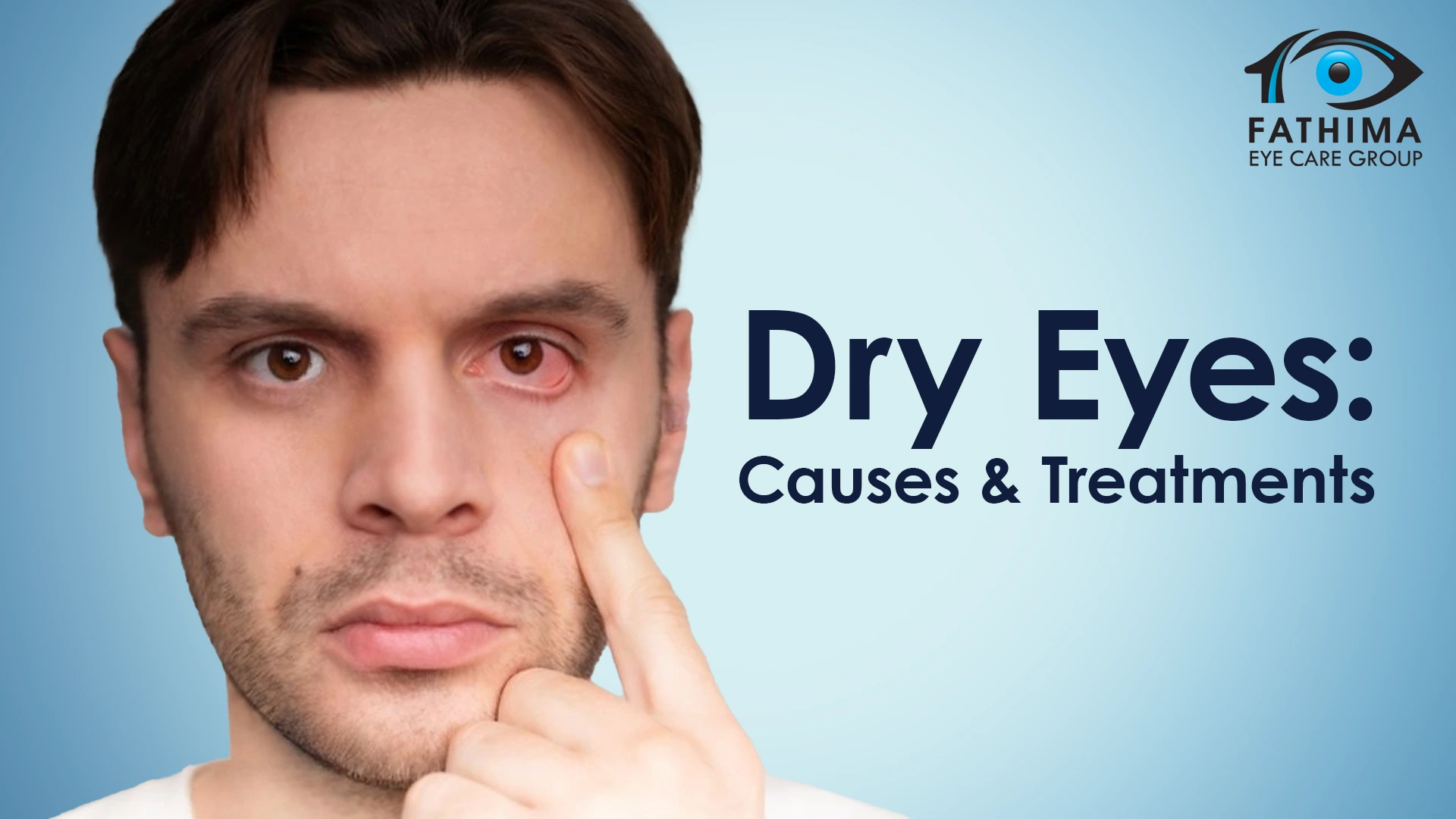

Dry Eyes occur when eyes fail to create sufficient tears. It can also occur when the tears dry out rapidly. Proper treatment helps manage and alleviate signs of the condition. They act as a natural cleanser of your eyes, and minimise the likelihood of getting an eye infection. If your eyes lack sufficient tears, your eyes may itch, sting, or burn, in fact you feel uncomfortable.
The condition also creates vision problems. The condition can minimize visual function and adversely impact your quality of life. This condition can occur during some circumstances, when travelling in an aeroplane, during a bike ride or when you gaze long on a computer.
Causes of Dry Eyes
Do you have dry eyes? Then understand that many underlying problems can cause dry eyes.
These are the dry eye causes:
Insufficient Production of Tears
A majority of people suffer from the condition due to this cause. This problem is named Keratoconjuctivitis Sicca.
Insufficient tear production happens during:
- Old age, particularly in the case of women
- Following menopause
- A lack of vitamin A in the body
- Some chronic diseases
- Harm caused to tear glands in any way
- LASIK surgery, or cataract surgery

Poor-quality Tears
Tears contain a combination of water, mucus, and oils. A lack of balance of these components can result in this condition. For instance, the condition can arise if meibomian glands, whose function is oil production, become blocked. Evaporation is reduced by the oil component of tears. This issue is called low-quality tears.
Medications
Some medications can induce dry eyes, such as:
- Blood pressure drugs
- Glaucoma drugs
- Nasal decongestants
- Allergy medications
- Mood disorder medications
- Oral contraceptives
- Menopause drugs
- Systemic retinoids
- Hormone replacement treatments and
- Some acne therapies.
External Factors
Occasionally, your environment and daily habits can contribute to dry eyes, such as:
- Windy environment
- Dry atmosphere
- Contact with smoke
- Using a computer
- Prolonged computer use
- Reading
- Driving a bicycle
- Travelling by aeroplane
- Smoking
- Allergy
Further considerations:
Other aspects that can lead to dry eyes:
- Problem with blinking
- Inflamed eyelids
- Eyelid malposition
- Prolonged contact lens usage
Dry Eye Prevention
There are numerous dry eye causes. Therefore, dry eye prevention is challenging. You might lower your chances of dry eye by:
Making yearly visits to a healthcare professional: It’s important to consult a healthcare professional if you’re worried about getting affected by this condition. Check with the doctor if anything, such as your medical history or drugs, may increase your chances. Know what you can do to reduce your risk.
Addressing pre-existing health issues: If you have any preexisting conditions, it can result in dry eyes. Check with your healthcare professional regarding your likelihood for diabetes. Stick to their advice for keeping your blood sugar levels in check. Also, in order to keep your eyes comfortable and healthy overall, eye hydration is important to avoid dryness and irritation.
Transforming your lifestyle and surroundings: You can make lifestyle changes to minimise your likelihood of developing dry eyes. If you’re a constant computer user, then make sure you pause often. It’s equally important to ensure you do not smoke often. You can also introduce a humidifier to your home. In addition, enquire a healthcare professional on how to maintain eye moisture and ensure eye health.
Dry Eye Treatment
Dry Eye Treatment focuses on increasing tear production. Over-the-counter drugs can work wonders for your eyes.
Eye Drops for Dry Eyes
Mild dry eye is treated using eye drops or artificial tears. A variety of eye drops in various brands are available. OTC eye drops work by minimizing eye discharge, lubricating eyes and balancing fluid levels.
One of the main constituents of eye drops is electrolytes, though not found in every eye drop, are believed to encourage healing on your eyes surface. Some eye drops have thickening agents, made to prolong the presence of lubricating solution for an extended time.
Artificial tears can have preservatives and without any. One that’s most commonly found is the eye drops with preservatives. They’re generally available in a multi-dose container. Chemicals present in them inhibit bacteria from thriving inside the open bottle. Yet, few people experience eye irritation as a result of the preservatives.
Preservative-free eye drops are available in compact, one-use vials. While using it there are lower chances of eye irritation. But it can be costly. Keep in mind that you need to use various brands of eye drops to choose the right ones for you.
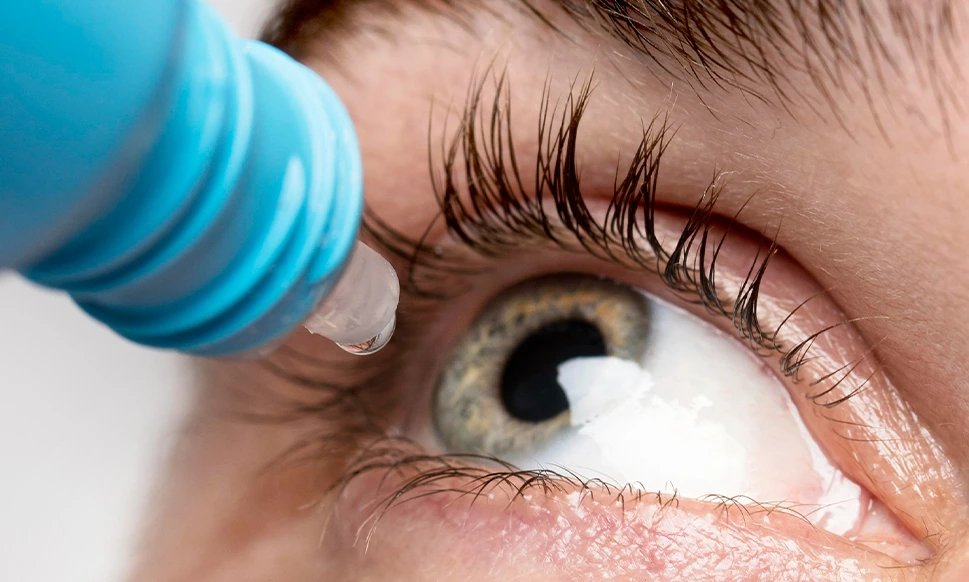
Punctual Plugs
People with dry eyes also go for punctual plugs. They are tiny inserts placed in the tear duct to cure dry eyes. They obstruct the puncta, which helps in oozing out of the tears. The inserted device soothes signs of dry eyes. It can be taken out of the eyes using forceps.
Therapeutic Contact Lenses
Therapeutic contact lenses are one of the remedies to this condition and a range of other eye disorders.
Minimise pain: These lenses reduce pain and shield the cornea and tissues closeby.
Encourage healing: These lenses can encourage healing of cornea and ocular surface.
Preserve tear film: Fluid lens can be preserved using the lens.
Intense dry eyes: The condition when intense can be healed using these lenses, particularly for failure of other therapies.
These lenses can be kept for while to relieve an eye disorder, or for some time for persistent eye problems.
Cure Your Dry Eyes With Us!
Fathima Eye Care Hospital renders exhaustive dry eye treatment for your specific requirements, adopting the most advanced technology. Our ophthalmologists cure your ailment by adopting treatment such as eye drops, medicines, and even punctual plugs. Our emphasis is to relive your symptoms and causes of the condition, offering enduring relief. By offering individualized treatment plans, we intend to enhance comfort, eyesight and holistic eye health. Choose the expertise of Fathima Eye Care Hospital for professional treatment and successful outcomes to solve your dry eye issue. Schedule an appointment now!
Frequently Asked Questions
- What are the ways to prevent dry eyes?
Dry eyes can be prevented if you’re vigilant. Improve the air quality of your home, use wraparound glasses, take breaks during prolonged screentime, eat food rich in nutrients, make lifestyle changes and sleep well.
2. How do dry eyes impact eyesight?
The condition results in frequent changes in vision clarity that can lead to gradual reading rates and notably interrupt daily tasks that need visual concentration for prolonged periods.
3. Is dry eyes problematic?
This condition for a long-term can adversely impact your health. In majority of the times, if your tears fail to produce sufficient moisture, it results in infection. Therefore getting treatment at the earliest is vital. The condition can result in inflammation, ulcers, cornea abrasion and even blindness. Therefore prompt treatment is the key.
4. Does the dry eye problem of my close family member affect me too?
You don’t have to worry about your family member’s current condition. It is not a hereditary condition. So rest assured that you don’t get affected by this condition as well.




